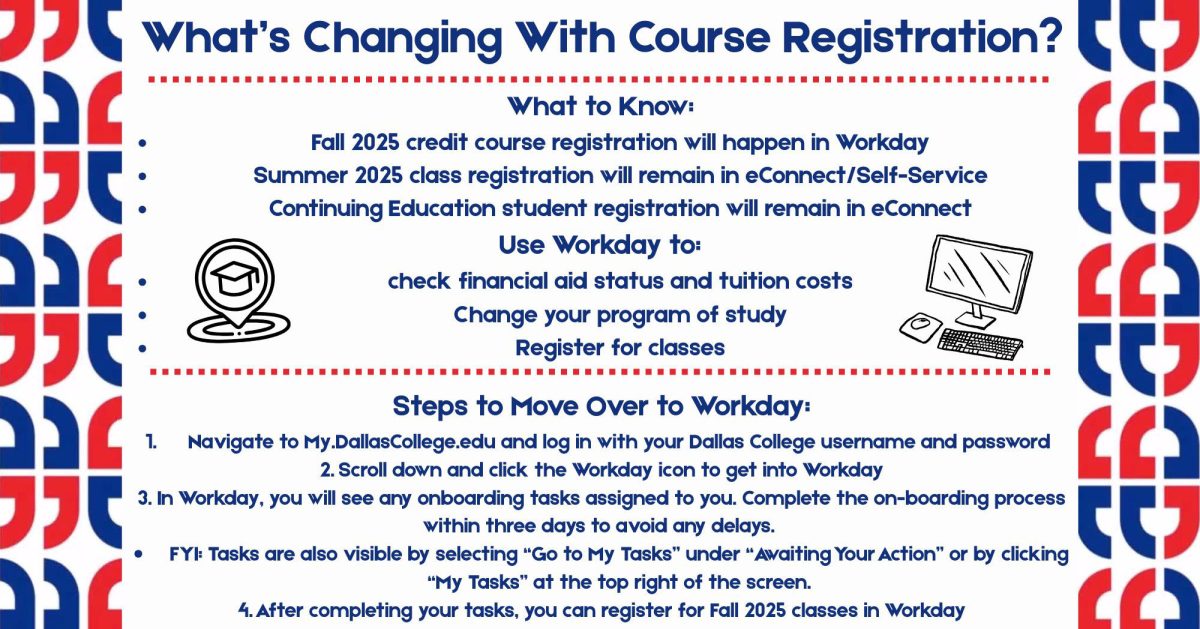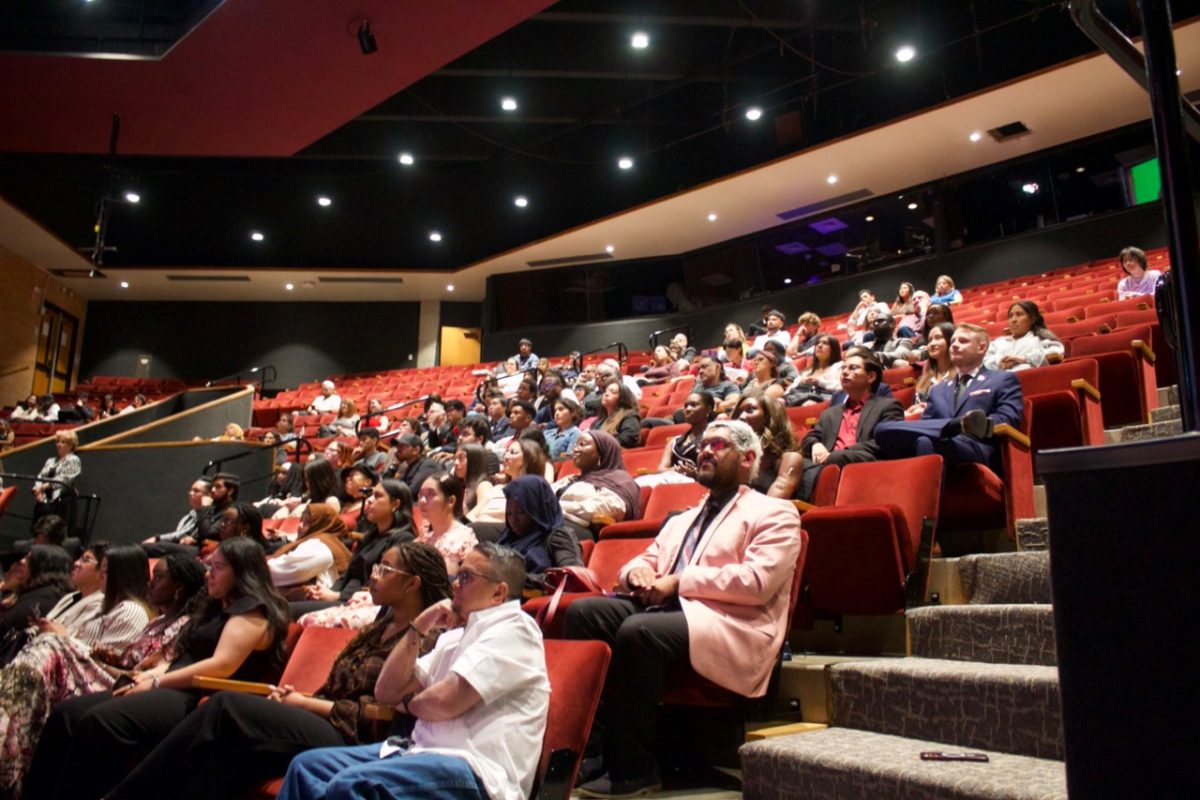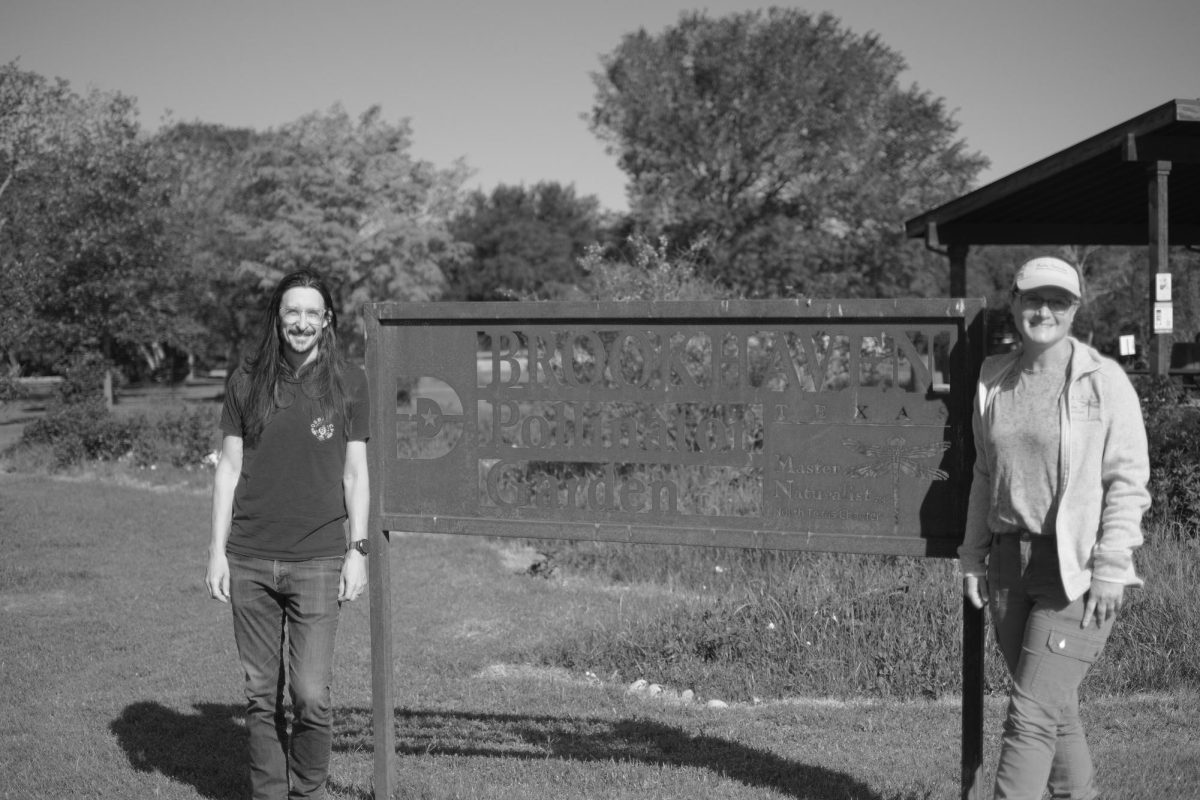By Obed Manuel
Opinion & Copy Editor
Dr. Matthew Eshbaugh-Soha, associate professor of political science at the University of North Texas, delivered a lecture titled “The Power of Persuasion and the American Presidents” Feb. 22 at Brookhaven College. The professor was a guest of Brookhaven’s Institute of Political Science.
Eshbaugh-Soha spoke to a group of approximately 60 students. The lecture focused on the executive branch of the U.S. government and the ability or lack thereof of the president to influence, according to Eshbaugh-Soha.
The vagueness of the second article of the Constitution, according to Eshbaugh-Soha, has allowed the power of the executive branch to extend beyond what the early presidents did. The public’s perception is that the president has a strong influence over congress and the public.
Eshbaugh-Soha said the president’s annual State of the Union address serves the executive branch because it reinforces the public’s perception. This is despite the fact that more people watch the Super Bowl than the president’s address.
“Members of Congress do not have to do what [the president] says,” Eshbaugh-Soha said. “He is not the boss of them.”
Eshbaugh-Soha said through his analysis of statistical data and the way it correlates to presidential accomplishments or failures, the president does not hold as much influence as perceived by the public.
President Bill Clinton’s effort and failure to reform healthcare in the U.S. from 1993-1994 are evidence of the lack of influence presidents have, according to Eshbaugh-Soha. A Gallup poll from September 1993 showed public support stood at 60 percent when Clinton first spoke on the proposed legislation.
According to a latter Gallup poll, in June 1994, public support fell to 40 percent.
“What we see is a decline in public support,” Eshbaugh-Soha said. “So the more the president talks about it, the more the opposition is emboldened and mobilized.”
Eshbaugh-Soha said an example of what he calls “the strategic presidency,” was President George H.W. Bush’s campaign for the passage of legislation directed at protecting the environment.
This theory explains how presidents choose which issues they try to tackle based on public opinion and the partisan composition of Congress.
Eshbaugh-Soha said the passage of the Clean Air Act in 1990 was Bush taking advantage of the circumstances in Congress. Democrats controlled the legislative branch, so Bush chose an issue favored by Democrats and pushed for action.
The result was Bush’s signature on a piece of legislation that still affects production of material goods.
Student Sean Malone said Eshbaugh-Soha’s presentation made a lot of sense regarding how presidents govern. “I think it makes a big impact because it’s very true that the president has to pay attention to public’s attitude over a certain issue,” Malone said.
Student Giovanny Martinez said the concepts shared by Eshbaugh-Soha made sense, but he did not like the idea of presidents picking and choosing which issues to address.
“In my opinion, it shouldn’t matter what’s more popular or easier to get taken care of,” Martinez said. “If something is a big problem, it should be more important.”






